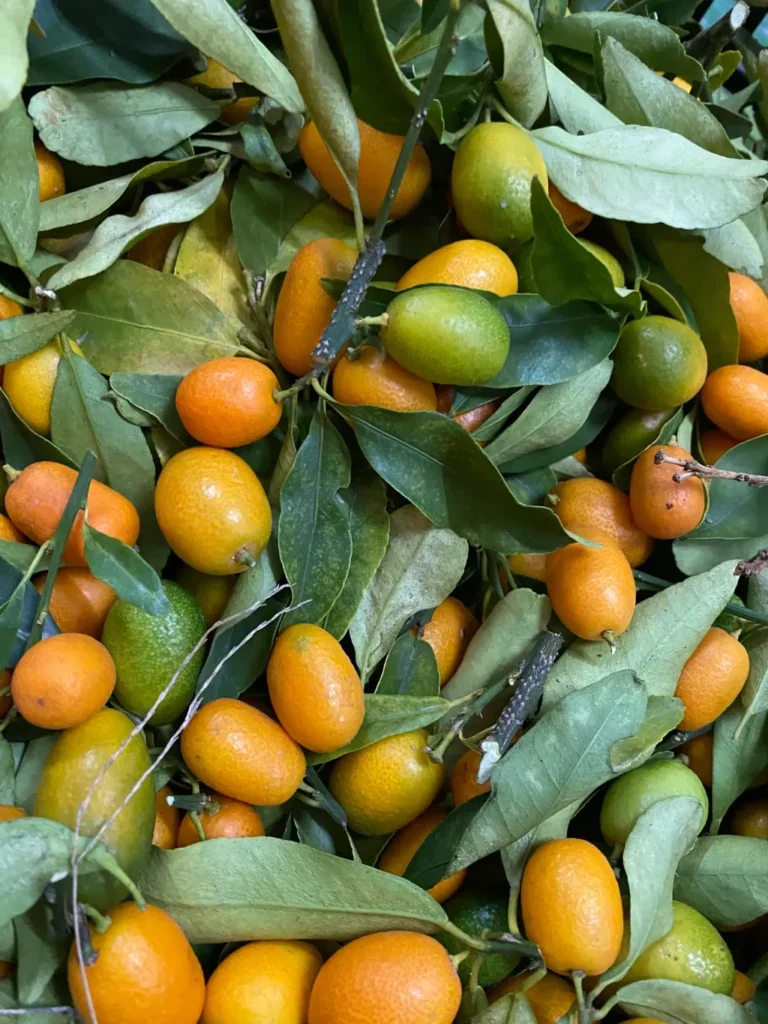In the heart of China’s citrus belt, a humble fruit is stepping into the spotlight, promising to reshape the agritech landscape. Kumquats, often overshadowed by their larger citrus cousins, are now at the forefront of genetic research, offering insights that could revolutionize the agriculture sector.
A comprehensive review published in *Guoshu xuebao* has shed light on the significant strides made in kumquat research, with potential commercial impacts that could echo across the globe. The study, led by LIU Xu from the National Key Laboratory for Germ Plasm Innovation & Utilization of Horticultural Crops at Huazhong Agricultural University, has systematically clarified the research achievements on kumquat and outlined strategic development directions for the industry.
China, the original center of the Fortunella genus, is home to large-scale commercial kumquat plantations, with major hubs in Guangxi, Jiangxi, Hunan, and Fujian. The genus comprises six recognized species, with the Meiwa kumquat series dominating commercial cultivation. Notably, the Hong Kong kumquat (F. hindsii) has become a model system for citrus transgenic studies due to its diploid genome and short juvenility period.
The research has delved into various aspects of kumquat cultivation, from flower and fruit protection to germplasm innovation strategies. New varieties have been developed through the exploration of bud-sport and chance seedling variation, including Hua-pi, Jinqiuzao, Guijingan No. 1, Guijingan No. 2, and Cui-mi kumquat. These advancements could lead to more robust and commercially viable kumquat varieties, benefiting farmers and the agriculture sector.
“Kumquats are not just a fruit; they are a treasure trove of genetic information,” said LIU Xu. “By leveraging modern biotechnology and digital technologies, we can unlock their potential to enhance genetic traits, develop environmentally-friendly cultivation techniques, and create sustainable processing methods.”
The study has also highlighted the dual applications of kumquats in culinary and medicinal contexts. Rich in nutrients, kumquats are widely used in processed foods, including preserves, candied products, and functional beverages. The potential for functional component development could open new avenues for the food and beverage industry.
The taxonomic status of the Fortunella genus remains under debate, but an increasing number of studies support its inclusion within the Citrus genus. This could simplify the classification system and facilitate further research.
The earliest documented study on kumquat in vitro tissue culture dates back to 1982. Since then, researchers have made significant strides, including the development of stable genetic transformation protocols and the assembly of the kumquat genome. These breakthroughs have identified key genes involved in citrus polyembryony, self-incompatibility, and oil gland formation.
The China Modern Agricultural Citrus Industry Technology System has been studying the genetic traits of Fortunella resources for over a decade. By leveraging the small tree size, short juvenile period, and unique oil gland-free mutant materials of kumquats, they have successfully identified the key gene controlling oil gland formation, CsLMI1. This breakthrough has elevated citrus research to a new level.
However, research on kumquats still faces significant challenges. Future studies should focus on genetic enhancement, environmentally-friendly cultivation techniques, functional component development, and sustainable processing methods. By addressing these challenges, the agriculture sector could unlock the full potential of kumquats, benefiting farmers and consumers alike.
As the agritech world turns its gaze towards this small but mighty fruit, the future of kumquat research looks bright. With continued investment and innovation, kumquats could become a cornerstone of the agriculture sector, driving growth and sustainability for years to come.

